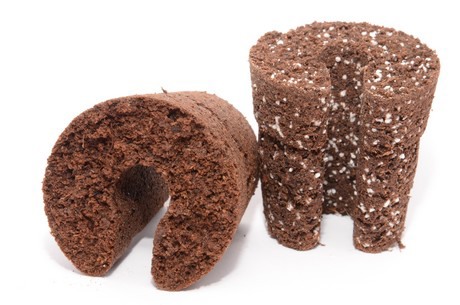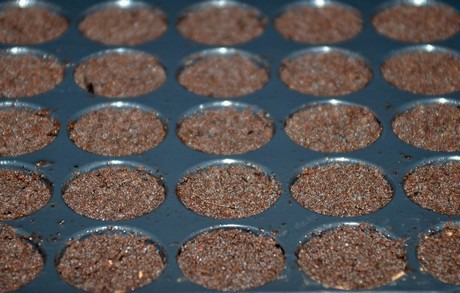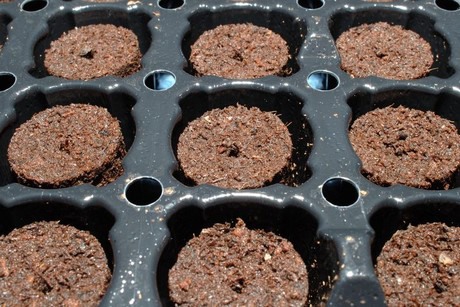They are pretty small and contain only three components, but still the choice of plugs is of major importance to your crop. At Quick-Plug they know all about it - producing and selling hundreds of millions of plugs annually. Last year the company was acquired by Dümmen Orange. Combined with the assortment of the Grow-Tech team, who joined Dümmen Orange last year as well, the company now divides their grow plugs in three types. John van der Maarel, managing director with Quick Plug, guides us through the differences and the similarities.
Tissue culture
The majority of plugs produced by Quick Plug are the Xcellent plugs, mainly used for tissue culture plants. "These plugs are specially developed and designed in collaboration with our customers and are mainly used for Phalaenopsis orchids", John explains. The Xcellent plugs have become famous: the distinguished (patented) shape is famous in the industry for not damaging the roots of the plants and being easy to handle.
Xcellent plugs
Xcel plug
Xcel and Xtract
The second product line is the Xcel plug, suited for a tray with flat cells, seed or dibbling hole for cuttings. This one can be used to fill almost any tray available in the market - either one-way plastic or reusable trays. This plug has broad applications: from bedding plants to cyclamen seeds, perennials, and all other kinds of seeds and cuttings.
The third one is the Xtract tray. This one doesn't fill the tray completely since it is a cylindrical plug. The surrounding air between the substrate and the cell of the tray is what sets it apart from the Xcel plug. This one can be adjusted with a seed hole or dibbling hole for cuttings and is used mainly for vegetables from seeds, and for hard, woody plants.
Xtract plug
Mixing to growing circumstances
Even though the precise applications of the three main product lines differ, there's quite a few general aspects. For starters there's the aeration of the plug, and especially the customization possibilities of the level or aeration. While the Xcellent plug may be well-known for its aeration structure, having the plants grow way faster, other crops might not benefit from this at all.
"For all our plugs we can adjust the aeration, since the needs for growers differ wherever they are located. By playing with the amount of coco peat in our substrate, we can make it at the right moisture content for a specific crop or growing circumstances. In general you can say all our plugs can be adjusted to the grower’s wishes and needs." Especially for the North American market the flexibility of the substrate is a big benefit, and John sees development in the market. "Growers get convinced after a trial. I'm not gonna blast on the results - I'm pretty sure growers can decide on their own after a trial. We just advise growers to start this trial."
Trials and optimizing
The trials are a second important topic for all products in the Quick Plug assortment. Growers don't just order a pallet to see what happens. "We start with discussing a grower’s needs and wishes. We talk through why a customer wants to use plugs, for which crop and which purpose and under which circumstances. Then we advise you in the use of a tray, a substrate and a fertilizer level." After that a grower can start with a trial. A sample box, that’s it. "If this is performing well - which it does most of the time - it can be extended. We follow up very carefully", John says.
This might seem a bit strange, but it’s very important to Quick Plugs. "We have our own mixing line and it means we don't have to buy a lot of cubic meters or cubic feet to order a special mix - and I want the growers to benefit from it. We want the fertilizer level, the pH and EC to match the potential of the product."
After the tests are concluded, growers can go all out. Quick Plug sends out their products ready to use. They are pre-wetted and supplied with a certain amount of moisture content. "A grower can just put a seed on, a cutting in or a tissue culture in the plugs", John confirms, "and get the growing going."
For more information:








